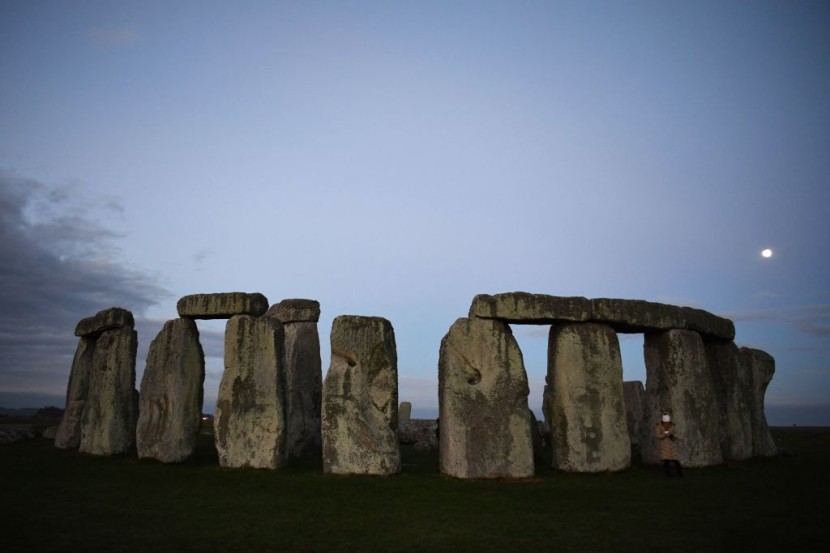
Researchers discovered that the DNA evidence found in Stonehenge is proof that human activity existed long before the monument became what it is today. It has been the subject of intense study since it was discovered long ago.
Events Before the Stonehenge Was Built
Hypothetically the new study claims that early hunter-gatherers walked in the archaic past a millennia before the mysterious Stonehenge construction that is still deciphered, reported the Express UK.
Researchers discovered DNA information suggesting henge was built on a site; previously been an open mix of grasslands and meadows inhabited by hunter-gatherers for thousands of years.
Researchers from Southampton University discovered DNA information suggesting henge was built on a site; previously been an open mix of grasslands and meadows inhabited by hunter-gatherers for thousands of years, cited PLOS ONE.
The authors investigated Stonehenge's history before the Bronze Age-Neolithic period, when one of the world's most iconic prehistoric structures was created. Concentration on another aspect of the ancient monument.
Previous notions are that the region used to be full of canopy forests before the existence of the structure. Surprising finds that were a gee-whiz moment Until now, the previously accepted notions about the monument have a new chapter, and it is an eye-opener.
According to new evidence from the site, hunter-gatherers inhabited this site 4,000 years ago. This period of the region's earliest known farmers and monument-builders, noted Trixabia.
They looked at and examined pollen, spores, sedimentary DNA, and animal remains at Blick Mead, which lies on the boundaries of the Stonehenge World Heritage Site. This Stonehenge discovery is crucial, with DNA evidence only seen now.
Lead author and doctoral student Samuel Hudson remarked on what has been found. It is important to note that practically the specific location that Stonehenge was built for more purposes.
Like a venue of probable religious rituals, as evidenced by the number of timber pillars out from the earliest period of hunter-gatherer settlement at Blick Mead.
It presents the notion that in the construction of Europe's grandest monumental landscape, there was more than just spatial-ecological continuity with the late hunter-gatherer setting.
In many respects, that was a development of its herbivore grazing and accompanying hunter-gatherer activity from before.
Rich Neolithic and Bronze Age monumental landscapes focus on much understanding about the World Heritage Site; yet, the Mesolithic populations remain a mystery.
In the environmental research at Blick Mead, hunter-gatherers had already chosen a section of this landscape, an alluvial clearing, as a permanent hunting and occupancy site.
Stonehenge Site Served as Ritual Grounds Before Its Construction
The findings of Hudson and his colleagues also demonstrate that the ancient peoples that built the Neolithic circle did it on well-maintained ground frequented by huge cow grazers.
These grazers tended to the now-extinct auroch, a wild ancestor of all cattle, and are therefore recognized as one of the most important beasts in human history.
Aurochs were hunted to extinction in 1627, yet their DNA is still in several original cow varieties of today. Data from the Blick Mead corroborate the notion that the Late Neolithic hunter-gatherers were very important to the late Mesolithic hunter-gatherers.
These clearings were also sites of ritual activity, which drew people from far and wide. Finding the Stonehenge Discovery of DNA evidence in the blick mead reveals how the area supported human activities in the ancient past.








